Autonomous and semi-autonomous robotic systems — those systems capable of performing complex tasks without continuous human intervention — are smaller, more capable, and more prevalent than ever. These systems are almost universally mobile, whether aerial, terrestrial, or marine, and require not only a small, light form factor, but one with low power consumption and communications capability. In an effort to balance costs and requirements, roboticists often turn to single-board microcontrollers, such as the popular Arduino. Selecting such a microcontroller, with its requirement for “bare-metal programming,” may make sense in some subsystems, but complex behavior is not a realistic possibility without a modern operating system like Linux.
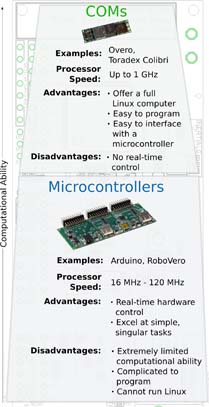
Fig. 1: Computer-on-module vs a microcontroller.
Computers-on-module (COMs) are the answer to providing high-level software functionality in a tiny package. Available as compact, powerful, standardized platforms, COMs provide strong features in both hardware and software. They represent an excellent balance of physical and computational requirements. Whereas microcontrollers offer hardware-control at a low level with limited software capabilities, COMs using powerful application processors offer a familiar high-level Linux environment and modular, expandable hardware. Using COMs, engineers move much of the autonomous systems' artificial intelligence onto the robots themselves, advancing innovation within the field in diverse, unique, and interesting ways.
Unmanned aerial vehicles and quadrotors
Of all topics in contemporary autonomous robotics research, unmanned aerial vehicles (UAVs), including quadrotors, are the most discussed, imagination-capturing and, perhaps, have the most potential for practical application in the near future. The physical requirements of the vehicles demand small, light and low-power components. In the past year alone, thousands of articles have been published on research with UAVs in some form or another. The use of COMs varies immensely, from functioning as a visual subsystem for a remote operator to the complex task of autonomously piloting a UAV, communicating with others flying in cluster, all made possible by the versatility of the computers-on-module.
Inkyu Sa and Peter Corke, both of the Queensland University of Technology in Brisbane, Australia, developed a quadcopter system aimed at inspecting vertical infrastructure, as noted in their 2012 publication “Vertical Infrastructure Inspection Using a Quadcopter and Shared Autonomy Control.” Central to the design was partial autonomy, allowing an unskilled operator to conduct inspections. Sa and Corke employed a laser range finder on their quadcopter with a COM to run the standard Robot Operating System (ROS) laser scanner node, publishing scan results to a base station via Wi-Fi, while they navigated a utility pole to check its structural integrity. COMs that support ROS can be implemented as nodes in a broader solution, just as Sa and Corke have done with the quadcopter.
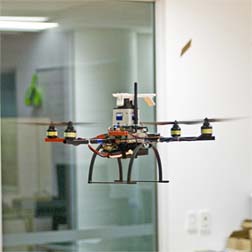
Fig. 2: The quadcopter system is aimed at inspecting vertical infrastructure.
In a similar peripheral usage, Cummings, Jackson, Quimby, and Pitman deployed a COM and a Summit expansion board as an inexpensive and effective video-streaming subsystem in a smartphone-based quadrotor control system for novice users. The quadrotor implemented a semi-autonomous flight system not unlike what was used by Sa and Corke, where the user has the ability to input waypoints and issue teleoperation commands, but cannot directly control the quadrotor. The COM's features were crucial in the subsystem providing a novice user with critical visual flight information. The COM's low power allowed it and an attached webcam to be powered with just four AAA batteries. The resulting weight of the entire system was only 215 g.
Finally in the field of UAVs, Martin Selecky and Tomas Meiser at Czech Technical University used COMs in a swarm of UAVs controlled by a modified version of the university's AgentFly system.
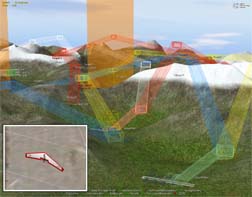
Fig. 3: The AgentFly networked remote controlled craft for simulation of air traffic.
AgentFly is a multi-agent system for the simulation of air traffic written mostly in Java. A critical consideration for the COM was the ability to run a Java virtual machine. AgentFly's “plane agent” controller conducts hardware control of the UAV and provides the “pilot agent” with an interface for high-level control. The pilot agent is responsible for the UAV's reasoning — it calls the trajectory planner and handles the communication with other UAVs for the purposes of collision prevention and thus requires the processing power and communications capabilities offered by a COM.
Terrestrial autonomous robotics
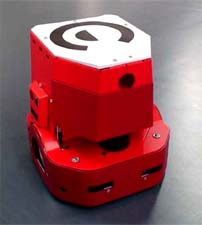
Fig. 4: SyRoTek is an e-learning platform developed at Czech Technical University.
Upon the completion of a task or depletion of battery, the S1R robots autonomously navigate to their docking stations for charging until their next task is initiated by the system. The researchers intend to expand the visual capabilities of the system by adding an onboard camera to the next revision of S1Rs, an expansion made easy through the use of a supported Caspa camera. The high-level communications and processing power — not to mention expandability — make SyRoTek one of the most capable and effective platforms for teaching robotics.
As Vincke, Elouardi, and Lambert note, “autonomous robots must be able to localize themselves” and that simultaneous localization and mapping (SLAM) is an ideal method of achieving this. Vincke et al, however, recognize that “classical SLAM algorithms are too computationally intensive to run on an embedded computing unit” and “require at least laptop-level performances.” Building on research by Gifford et al in “Low-cost mutli-robot exploration and mapping ,” Vincke et al employ a COM as part of a terrestrial SLAM system, taking full advantage of the performance offered by the OMAP3530 processor. Data control and acquisition are managed by an Atmega168 microcontroller running at 16 MHz that communicates with the 500 MHz COM, responsible for all other functions. The researchers also plan to implement the COM's on-board GPU coprocessor as part of a forthcoming map-joining system, an expansion made simple by the platform's design.
Autonomous underwater vehicles
COMs
The Gumstix Overo series is an example of the many COMs available today. Based on TI's OMAP 3, Gumstix Overo COMs have been used around the world in autonomous robotics, as well as in research and development.
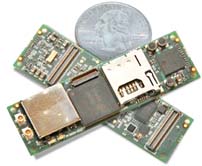
Fig. 5: The Gumstix Overo series is an example of a powerful computer-on-module.
These COMs offer Wi-Fi and Bluetooth communications, graphics processing, camera connectivity, low-power consumption, an ARM processor, and various Linux flavors — including Ubuntu with ROS — all in a package only 58 x 17 mm. Overo COMs are also accompanied by a library of 16 useful, open-source expansion boards, including the robotics-oriented RoboVero.
Advertisement
Learn more about Gumstix





